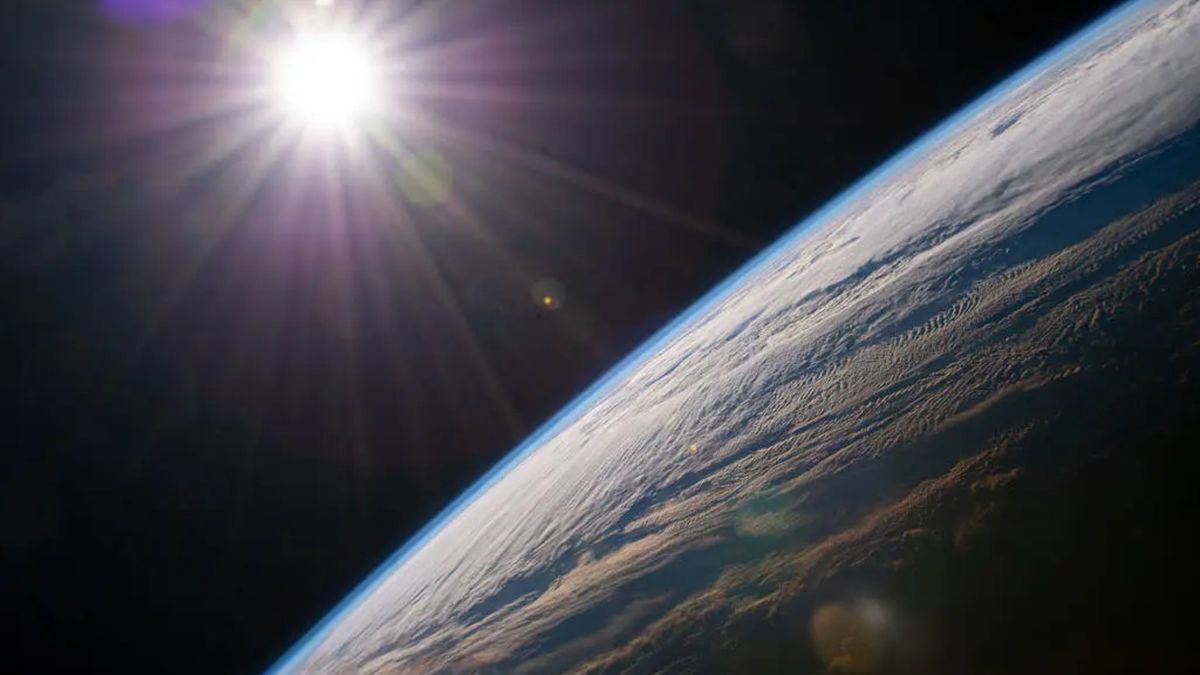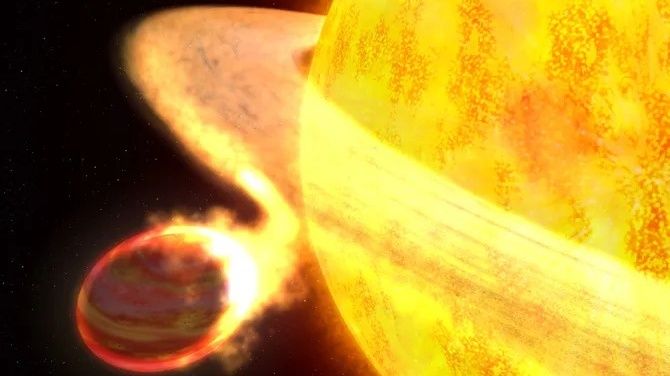The Emerging Field of Astroforensics
The Artemis program by Nasa is set to deliver astronauts back to the Moon and establish a permanent laboratory in orbit within this decade. Simultaneously, private entities are taking noteworthy strides in sending paying customers deeper into space. As the reach of humanity extends from Earth to the Moon and potentially beyond, a fascinating new frontier emerges: astroforensics.
A New Frontier
Astroforensics is a nascent discipline spurred by human nature’s inevitability. Space presents a uniquely harsh environment for forensic inquiries. Conditions such as altered gravity, cosmic radiation, extreme temperatures, and the necessity for oxygen-supplying climate systems are among the otherworldly variables that confront future explorers.
Challenges in Space
Unlike Earth, where gravity exerts a consistent force that influences many aspects of our world, the significant decrease in gravity in space introduces novel challenges in understanding evidence behaviors. This shift is crucial for forensic sciences like bloodstain pattern analysis, which heavily relies on gravitational effects to ascertain how bloodstains are formed under specific circumstances.
Real zero gravity exists far from any celestial bodies, while most space environments showcase low or microgravity due to the gravitational influence of nearby celestial bodies like the Moon or planets when in orbit. Gravity, typically ubiquitous and constant, is often overlooked or taken for granted, automatically factored into calculations as a constant without much contemplation.
Altered Gravity and Bloodstain Pattern Analysis
The role of gravity in how liquid blood interacts with surfaces and creates stain patterns is critical in bloodstain pattern analysis—a forensic discipline that utilizes fluid dynamics, physics, and mathematics to comprehend the flight and origin of blood in criminal investigations.
In a recent study published in Forensic Science International: Reports, researchers investigated the beginning principles of how space’s altered gravity environment influences future forensic sciences. The study employed a parabolic flight research plane inducing short periods of microgravity through its flight path, often known as the “vomit comet.”
During these periods of microgravity, blood drops were dispensed onto paper, and resulting bloodstains were analyzed using conventional protocols. Despite its seemingly straightforward nature, ensuring a safe and controlled environment for experiments on a plane in freefall posed challenges.
Therefore, experiments were conducted within a repurposed pediatric incubation chamber in the research plane’s cabin. A synthetic blood substitute mimicking blood’s physical properties was used due to biohazard concerns in the cabin. The blood substitute was projected onto paper in microgravity, allowing researchers to study its behavior.
Findings
The study revealed that microgravity alters the behavior of blood drops and the stains they create. Unlike on Earth, where blood tends to fall in a parabolic path under gravity, in microgravity, the blood traveled in a straight line until it hit the surface. This straight-line flight was a demonstration of inertia in action, affecting the pattern minimally over short distances.
Additionally, the spreading action of blood upon impact was hindered by surface tension and cohesion in microgravity, resulting in smaller stain shapes compared to Earth’s gravity environment. This research marks the commencement of a new era studying forensic evidence behavior in extraterrestrial settings, with implications extending to natural sciences and even spacecraft design.
Future research in this evolving forensic discipline will require larger microgravity environments. The authors anticipate operating the galaxy’s first extraterrestrial forensic science laboratory to further explore how the extraterrestrial environment influences forensic evidence behavior.
Image/Photo credit: source url





